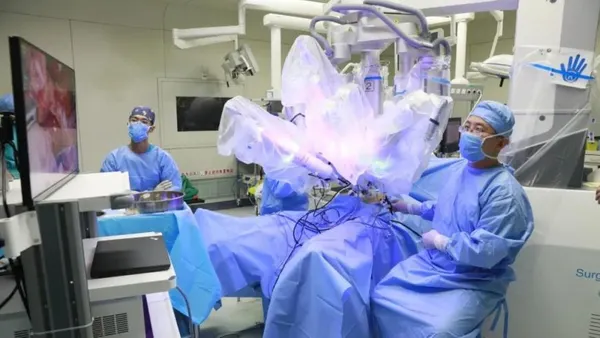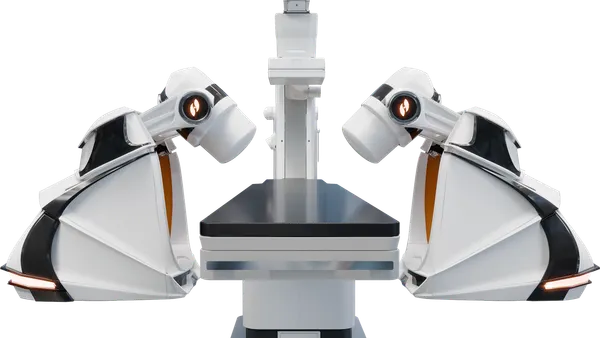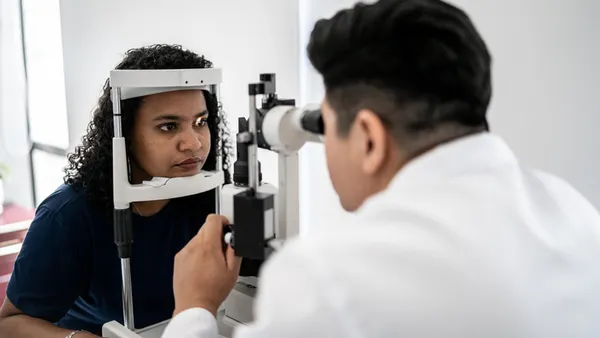Dive Brief:
-
The European Commission's Medical Device Coordination Group (MDCG) has published guidance on the cards that manufacturers of implants need to provide under the new EU Medical Device Regulation.
-
MDCG has provided a non-exhaustive list of 88 types of medical devices that need to come with the material, as well as an example of an implant card based on its earlier guidance.
- The group released the implant card guidance days after publishing a question and answer document on the European Medical Device Nomenclature (EMDN) and information about the relationship of International Medical Device Regulators Forum (IMDRF) terminology to MDR.
Dive Insight:
MDR is now in effect but MDCG continues to add guidance for manufacturers. Since the May 26 MDR date of application, the coordination group has released five documents, most recently guidance on the types of implants that need to come with cards.
The regulations require implants to ship with cards to enable patients to identify the device that is inside them, get information related to the product and ensure they receive special care if needed, for example in security checks and emergency situations. MDCG provided guidance on the information manufacturers need to include on implant cards last year.
In its latest guidance, MDCG shared an updated list of the implants that need to come with cards "in order to aid manufacturers in allocating an appropriate term for this requested information." MDCG said "a balance between the information a patient and a healthcare professional require was a main driver behind the suggested 'device types'."
The list of devices includes cardiovascular products such as pacemakers and mechanical mitral valves, as well as orthopaedic implants, neural stimulators, breast implants and pelvic mesh. Problems with the safety of medical devices such as breast implants was a driving force behind the development of MDR.
Separately, MDCG published responses to frequently asked questions about EMDN. The medical device nomenclature is intended to support the Eudamed database. MDCG's guidance explains how it created EMDN, the key principles and structure of the nomenclature, and how stakeholders can access the resource.
MDCG published the nomenclature document on the same day as it released a text explaining the MDR and IVDR equivalents to IMDRF principles and terminology about unique device identification. For example, the IMDRF term "customizable" equates to "configuration" in the EU regulations. Other parts of the document address how IMDRF, MDR and IVDR handle the identification of software.










